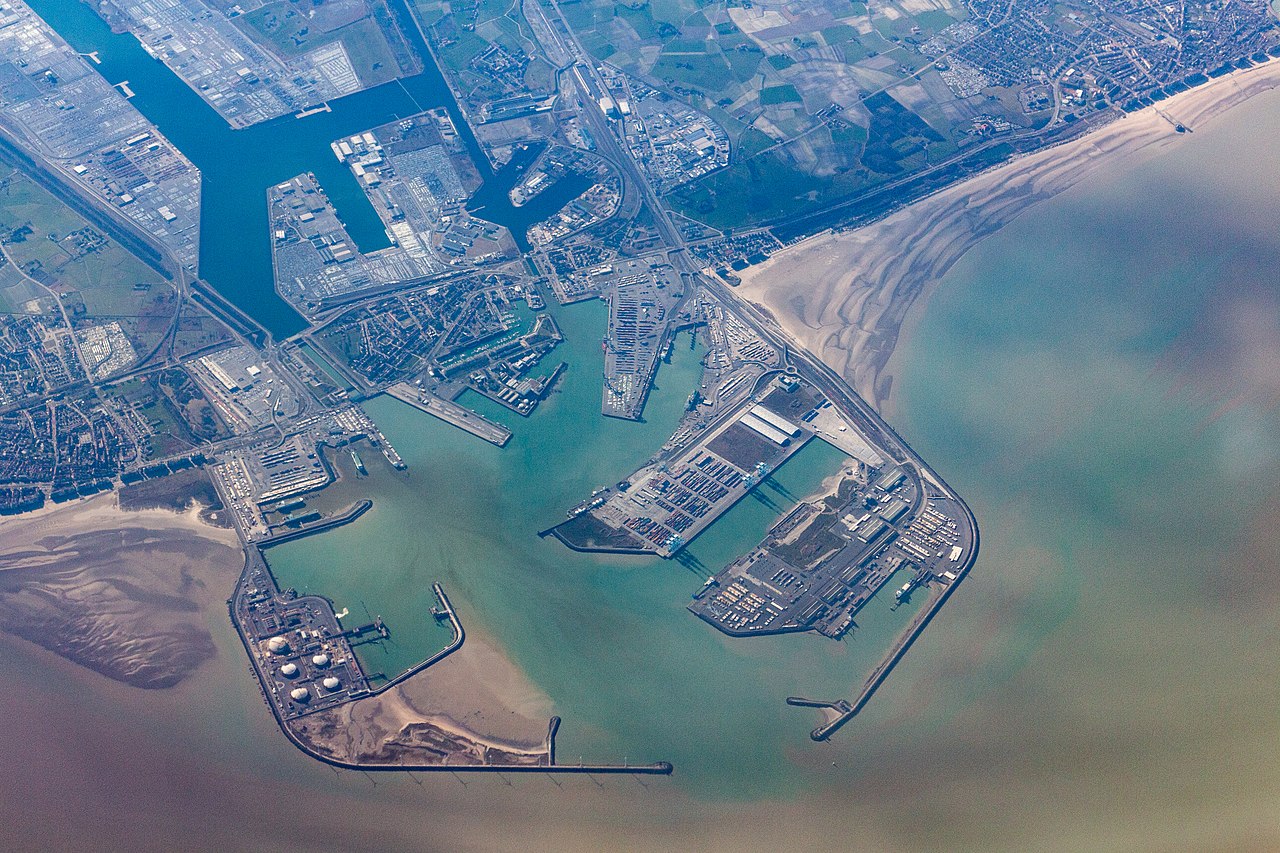Design and engineering company Sweco is studying the feasibility of building 70km of new pipelines to carry imported green hydrogen to users in Belgium for gas company Fluxys Belgium.
Fluxys is adapting it’s 4,000km-long network of natural gas pipelines to carry green hydrogen. By 2030 it wants to be able to carry 30 terawatt hours (TWh) of it a year, an amount of energy equivalent to about a third of the electricity now consumed in the country.
Green hydrogen comes from separating hydrogen and water in a process powered renewably, for example by solar and offshore wind farms. It plans to build terminals at the ports of Ghent and Antwerp to bring it in, complementing an existing one to be adapted at the port of Zeebrugge.
The new pipelines Sweco is studying would also carry CO2 captured from industry and shipped for depositing securely in empty North Sea gas fields. Fluxys wants to export 30 million tonnes of CO2 a year by 2030.
Sweco is assessing design, environment impact, and safety. It said it started in October 2022 and will finish in January 2024.
The first hydrogen and CO2 grid connections are planned to be commissioned in 2026.
“Transporting hydrogen and green molecules is essential in redesigning Europe’s energy system,” said Sweco’s Belgian president Erwin Malcorps.
Further reading:











